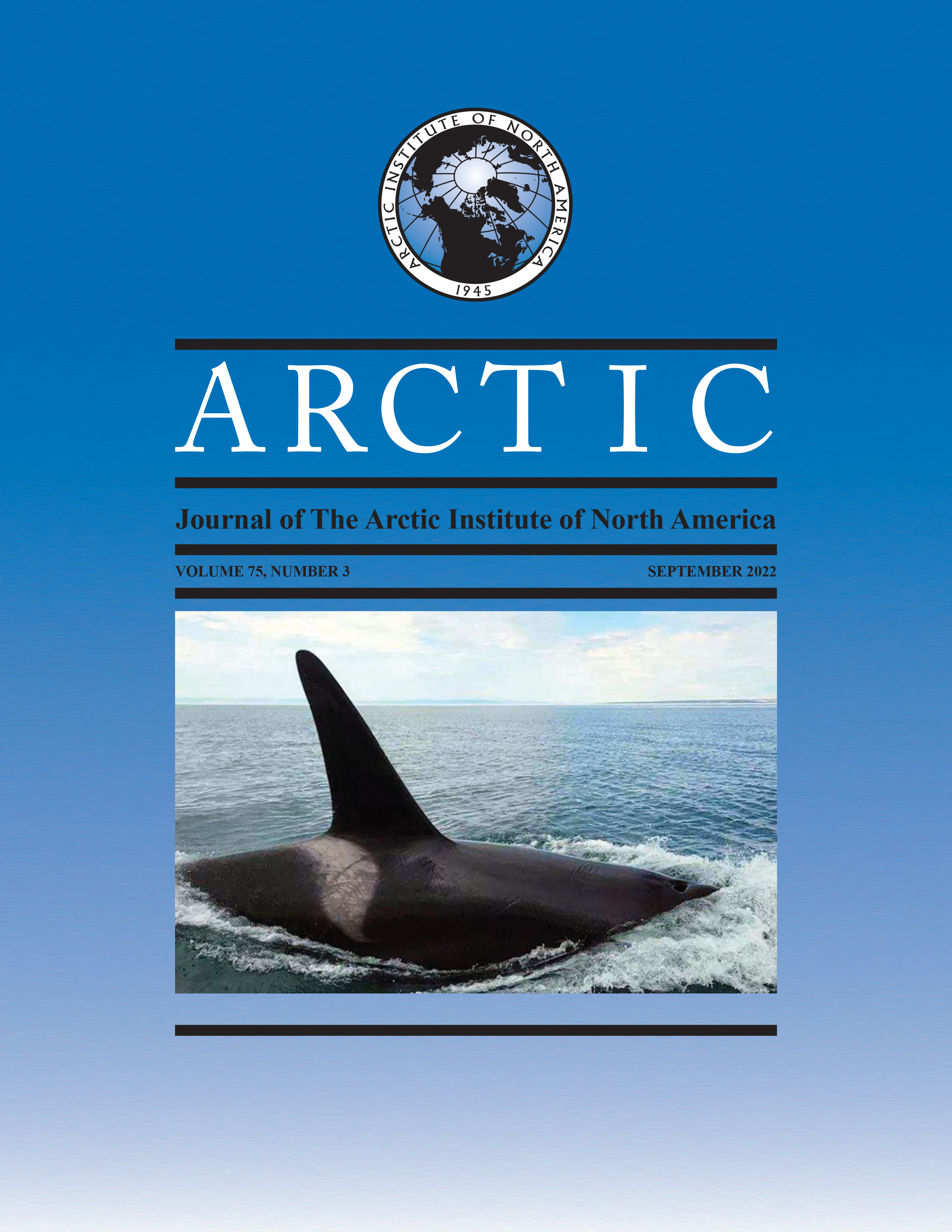Historical Reindeer Corrals as Portraits of Human-Nature Relationships in Northern Finland
DOI:
https://doi.org/10.14430/arctic75612Keywords:
reindeer herding; northern Finland; boreal forests; reindeer corral; historical ecologyAbstract
Reindeer herding has been practised in northern boreal and subarctic regions of Fennoscandia for several centuries. The gathering and separation of reindeer for slaughter and calf marking are significant and cyclical activities of reindeer herding that are commonly carried out in reindeer corrals composed of circular-shaped fences of wood or stone construction leading into the corral. Using archaeological databases, we mapped historical reindeer corrals in northern Finland dating from the late 1800s to the 1960s for the entire reindeer herding area and characterized the legacies of their past use on present-day vegetation in Peräpohjola. In total, 94 corrals were located. Reindeer separations created a niche for novel plant communities with increasing graminoids in relation to dwarf shrubs and formation of a dense birch grove. Corrals have also preserved old rare trees left standing inside the corral to provide shelter for reindeer. The positioning of the corrals in the landscape was usually planned in a way that utilized man-made constructions and natural barriers, such as peatlands, and the typical behaviour of the reindeer in combination with both. When the wooden constructions had collapsed and decomposed, only the different vegetation indicates their past existence.
Downloads
Published
Issue
Section
License
Copyright (c) 2022 ARCTIC

This work is licensed under a Creative Commons Attribution 4.0 International License.


